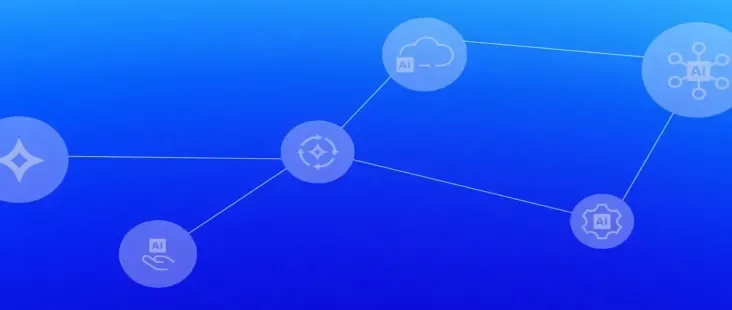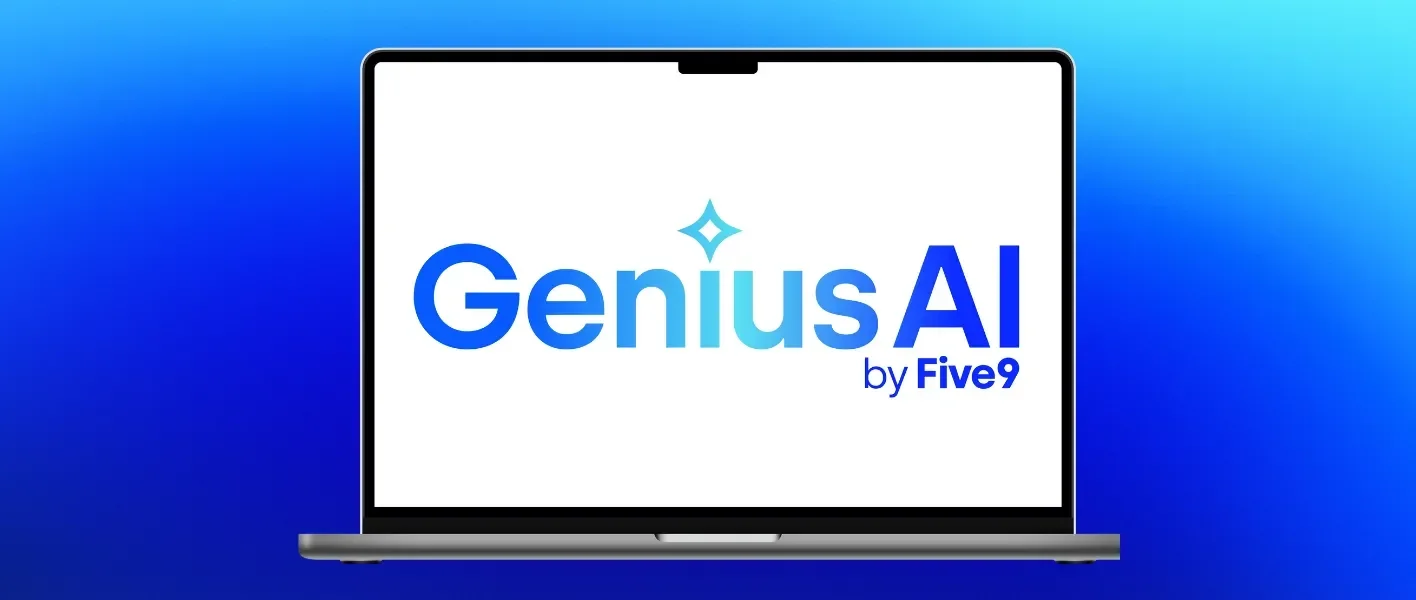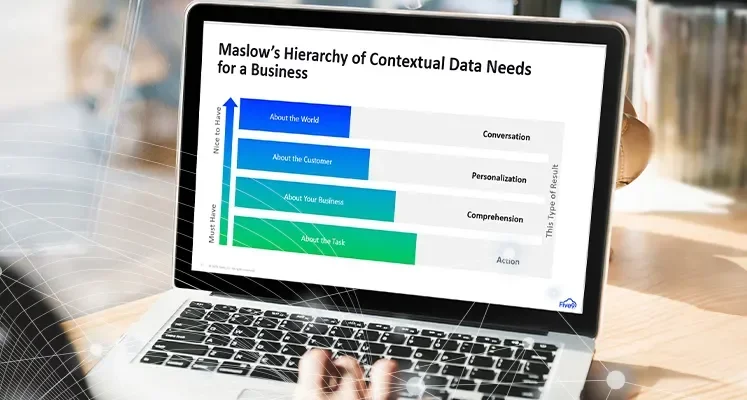
5 Surprising Reasons Why you Need to Move your Contact Center to the Cloud (and 10 Unsurprising Reasons) Part 2
In Part 1 of our Reasons to Move to the Cloud Series, we covered the first five of our ten unsurprising reasons you need to move your contact center to the cloud. Let’s be honest – we didn’t share anything groundbreaking. They were all pretty much table stakes in cloud tech. These next five benefits are unsurprising, but are particularly relevant to contact center:
6. Seasonal Expansion and Contraction
SaaS in general allows customers to pay just for what they use, so they can grow consumption when they need it, and shrink it when they don’t. Some SaaS products don’t vary much in usage over time though. Contact center, on the other hand, often varies enormously over time. Many businesses see seasonality in agent capacity. Retailers need to significantly scale up during the holidays. Insurance providers need to scale up during enrollment periods. Universities need to scale up during summer and fall, when class registration takes place. And, as quickly as they need expands, it contracts. Retailers need to scale down after New Year’s; insurance providers scale down after enrollment ends; universities scale down after school starts. With on-premises deployments, once the license is purchased, it is purchased, and the purchase needs to cover peak consumption. A SaaS based offering can end up being significantly cheaper.
7. Integrations
With on-premises products, the customer needs to consider the may piece parts which make up the solution – often from different vendors – and take on the burden of integration. Contact center has historically been a highly fragmented market, with many small segments: IVR, ACD, outbound dialers, WFM, QM, speech analytics, Email, Chat, PBX, reporting, dashboards, knowledge, RPA, voice-of-the-customer, recording, screen sharing, video chat, forums and communities, scripting, unified desktop. Recent advances in consumer communications have made this even more complex – with vendors now providing SMS integrations, WhatsApp, Facebook, Apple Business Chat, WeChat, and more. AI has also introduced many new categories: chatbots, voicebots, assistance, sentiment analysis, AI ACDs, transcriptions, topic modeling, biometrics, and natural language processing. Its dizzying!
When deployed on-premises, the contact center owner needs to connect all of these together – a herculean task. With a cloud-based solution, the burden falls on the SaaS provider, who can hide all of this complexity from the customer.
8. Customizations
Contact center traditionally requires a great deal of customization – IVR creation, scripting, agent skill definitions, data integration, routing configuration, UI customization, and so on. In the cloud, these are typically easier to do because of better tooling that is provided as part of the product itself.
9. Artificial Intelligence
AI is another benefit of cloud. This is not specific to contact center, but there is a huge role for AI in the contact center relative to many other cloud products. Why is cloud required for AI? There are four core reasons:
- AI needs to adapt constantly based on usage. This produces new software – new models as they are known – that implements the AI. This software needs to be upgraded all the time – daily or weekly. Rapid upgrade is a key property of cloud, and not of premises software.
- AI needs people, not just software. AI products require machine learning experts who can constantly iterate on the models, improving them through experimentation and retraining. In a SaaS delivery model, these AI engineers work for the SaaS provider. If there was no SaaS provider, each customer would need their own AI engineers to continually tune the models.
- AI needs heavy, but bursty, compute for training. AI training is very computationally intense, and is often done in GPUs. It is done offline, and perhaps on a nightly or weekly basis. This makes it very amenable to cloud-based deployment models, which provide elastic compute and shared access to a wide range of hardware. If training were done on-premises, it would require an enormous investment in hardware, which would sit idle much of the time.
- AI needs a lot of data. AI makes use of training data – lots of it. This data needs to be stored for long periods of time. The data needs to be maintained – it needs to be “cleaned up” to ensure it is accurate; it needs to be improved with additional fields over time; it needs new tooling for visualization and management. This is a big task for an on-premises deployment, so expensive that it could only be afforded by the largest of enterprises. With SaaS, AI can be brought to the masses.
10. Storage
Beyond AI training data, the cloud can offer nearly unlimited storage. Contact center is all about data – recordings, call detail records, analytics, reports, dashboards. On premises, the customer has to build out database capacity for storing all of this stuff. In the cloud, it is taken care of by the cloud provider.
So – there you have the ten unsurprising reasons why you should move your contact center to the cloud. Five of them are not specific to contact center, five of them are particularly compelling for contact center. What then are the five actual surprising reasons? Check back next Thursday for Part 3 of our Reasons to Move to the Cloud Series.



